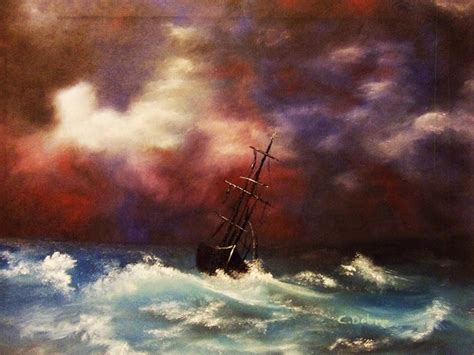
This week’s readings regarding the Irish Literary Revival, particularly Terrence Brown’s article Cultural Nationalism, have given me a better foundation to analyze the intricacies of Dracula and similar novels. Cultural Nationalism sparked my interest in the type of literature and literary genres that Irish authors were producing at the time. Brown points out that Revival writers were “taking a large step away from the realism, naturalism, and subjectivism that had characterized much late nineteenth-century English Literature” (519) towards “obviously textual, non-realistic” writing techniques (520). While the symbolic usage of past legends and myths obviously shines through in Stoker’s Dracula, I found it interesting that I noticed elements of the genre that Brown claims writers were leaving behind. Particularly, elements of naturalism seem to be prevalent in the novel. Stocker pays particular attention to the nature of various scenes and the colors associated with nature. Stoker uses darkness, greyness, and vivid colors at points of change in the day or weather as a communication device. Although the novel is largely concerned with matters of religion, or anti-religion, the powerful occurrences of weather and natural power indicate a level of divinity in nature that extends beyond the capabilities of any organized religion.

After reading chapter four of Siobhan Kilfeather’s Dublin: A Cultural History, specifically her section on Frederick Douglass, I was reminded of Douglass’ fictional novel The Heroic Slave. Douglass employs many elements of Irish Gothic literature in his fictionalization of the Madison Washington slave revolt including mystery and supernatural elements. Most striking to me are the similarities between Dracula and The Heroic Slave in terms of powerful natural elements. In both novels, nature seems to express its own opinion on what is right or wrong or good or bad in its powerful manifestations as storms. It is interesting to me that the Gothic genre seems to be moving away from distinctly religious qualities to express a more omnipresent divinity.
